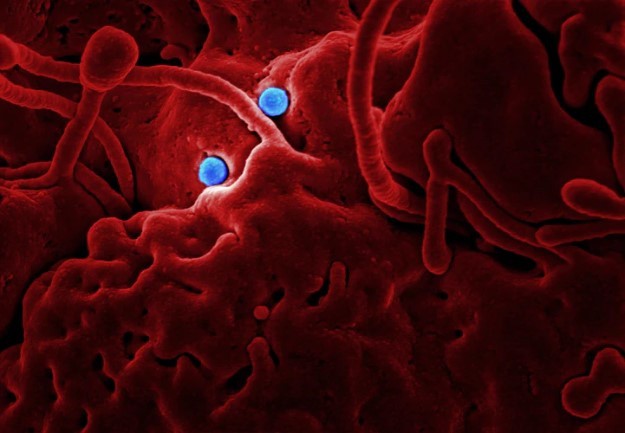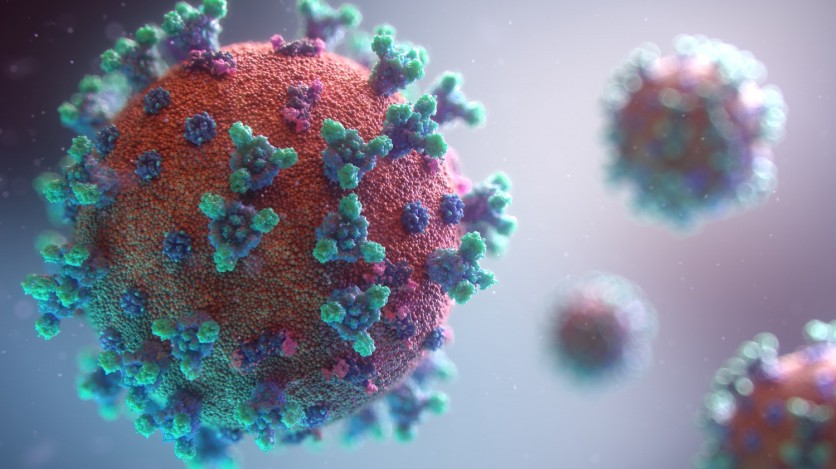According to a new study, a human cell will transform into zombie-like cells once the SARS-CoV-2 virus is inside the human body. This was one of the new findings of a group of researchers at San Francisco's Krogan Lab. They said that the virus could be more sinister than we have ever imagined.
Here's how scary Coronavirus is once it enters your body

Los Angeles Times exclusively reported on Friday, June 26, about the recent findings of an international team led by researchers at the University of California, San Francisco.
It turns out that once a person gets infected with SARS-CoV-2, his human cells will be affected by the virus--turning it into zombie-like cells that will follow all the instructions of the virus.
Once it is accomplished, the once healthy cells will turn into zombies and use its streaming filaments, scientifically called filopodia. During this time, they will infect more other healthy cells in the human body. This results in pain in almost all parts of the body.
"It's just so sinister that the virus uses other mechanisms to infect other cells before it kills the cell," said UC San Francisco's Nevan Krogan, one of the paper's senior authors.
Krogan also explained that the virus's tentacles are highly unusual in a virus, unlike common viral diseases like HIV and smallpox diseases. Even its ability to branch out on other healthy cells has uncommon characteristics.
In conclusion, the researchers claim that the virus "appears to be using these newly sprouted dendrites to boost its efficiency in capturing new cells and establishing infection in its human victims."
This might be the reason behind the painful and sudden deaths of most COVID-19 cases around the world. If this is true, the study shows that the virus could be spreading faster than what the researchers initially thought so.
This study even impressed Columbia University microbiologist Stephen P. Goff. He said that "It's intriguing and a really cool observation." The way the researchers show how filopodia infects healthy cells somehow shows how the virus amps up its ability to infect cells, he explained.
Drugs that may destroy these zombie-like cells

Along with the new findings of the group, they were also able to find several drugs that could treat or lessen the abundance of the virus cells.
One of these drugs is Silmitasertib, a still-experimental drug in early clinical trials as a treatment for bile duct cancer, and a form of childhood brain cancer. Meanwhile, ralimetinib is a cancer drug developed by Eli Lilly, and gilteritinib (marketed as Xospata) is a drug already in use to treat acute myeloid leukemia.




